June 24, 2025 | 22:44 GMT +7
June 24, 2025 | 22:44 GMT +7
Hotline: 0913.378.918
June 24, 2025 | 22:44 GMT +7
Hotline: 0913.378.918

Currently, breeds and food are two essential factors in developing mariculture. Photo: KS.
At the workshop to develop breeds and feed for mariculture in 2023 organized by the Department of Fisheries on the morning of September 8 in Nha Trang City, Mr. Le Van Hoan, Deputy Director of Khanh Hoa Department of Agriculture and Rural Development, said it is known that the province has great potential and strengths to develop mariculture. Lobster is the province's key mariculture species, with over 64,000 cages and over 1,300 tons/year output.
In addition, marine fish such as sea bass, grouper, cobia, pompano... are also raised in bays and lagoons with nearly 9,800 cages, with a total output of about 8,000 tons. In addition, objects such as mud crabs, Pacific oysters, geoduck, and seaweed are contributing to helping coastal people improve their income.
Khanh Hoa is also one of the localities with many aquatic breed production and nursery establishments in the Central region. Various aquatic breeds are produced, including tiger shrimp and white-legged shrimp, snails, sea fish, geoduck, crabs, sea cucumbers... Besides providing for local seed needs, the province exports to other western and northern provinces.
Regarding aquatic breed production, the province is currently limited and not fully proactive in artificially produced breeds, such as lobsters, some marine fish species, and seaweed. Furthermore, the breed created does not meet the demand for commercial farming. Infrastructure for aquatic seed production has not been invested adequately, mainly on a small scale...
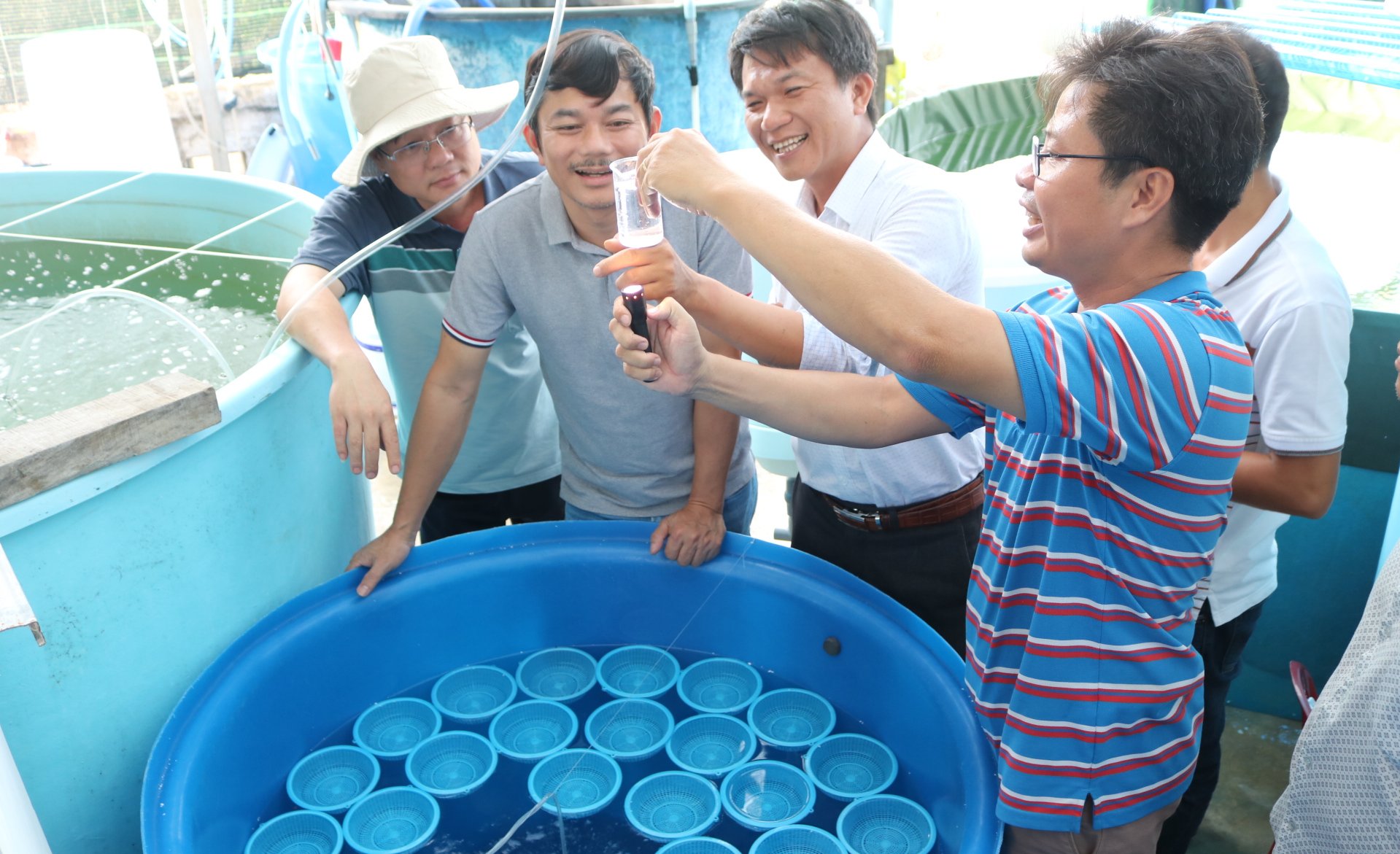
Aquaculture Research Institute III is making efforts to produce breeds for mariculture. Photo: KS.
For lobster farming in Khanh Hoa province, people use fresh food from sources exploited in coastal waters, including trash fish, small crustaceans, and mollusks such as oysters and mussels. As for marine fish farming, we use both fresh food and industrial food.
Like Khanh Hoa, Phu Yen is also a province with great potential for marine farming. However, according to Mrs. Le Thi Hang Nga, Deputy Director of Phu Yen Fisheries Branch, mariculture production facilities are limited. The province has 22 aquatic breed production facilities, but only a few marine fish production facilities meet market requirements and no long-term, sustainable production plan exists. Besides, the province does not have any units producing food for mariculture.
At the conference, delegates and experts said that breeds and food are leading two essential factors in developing mariculture.
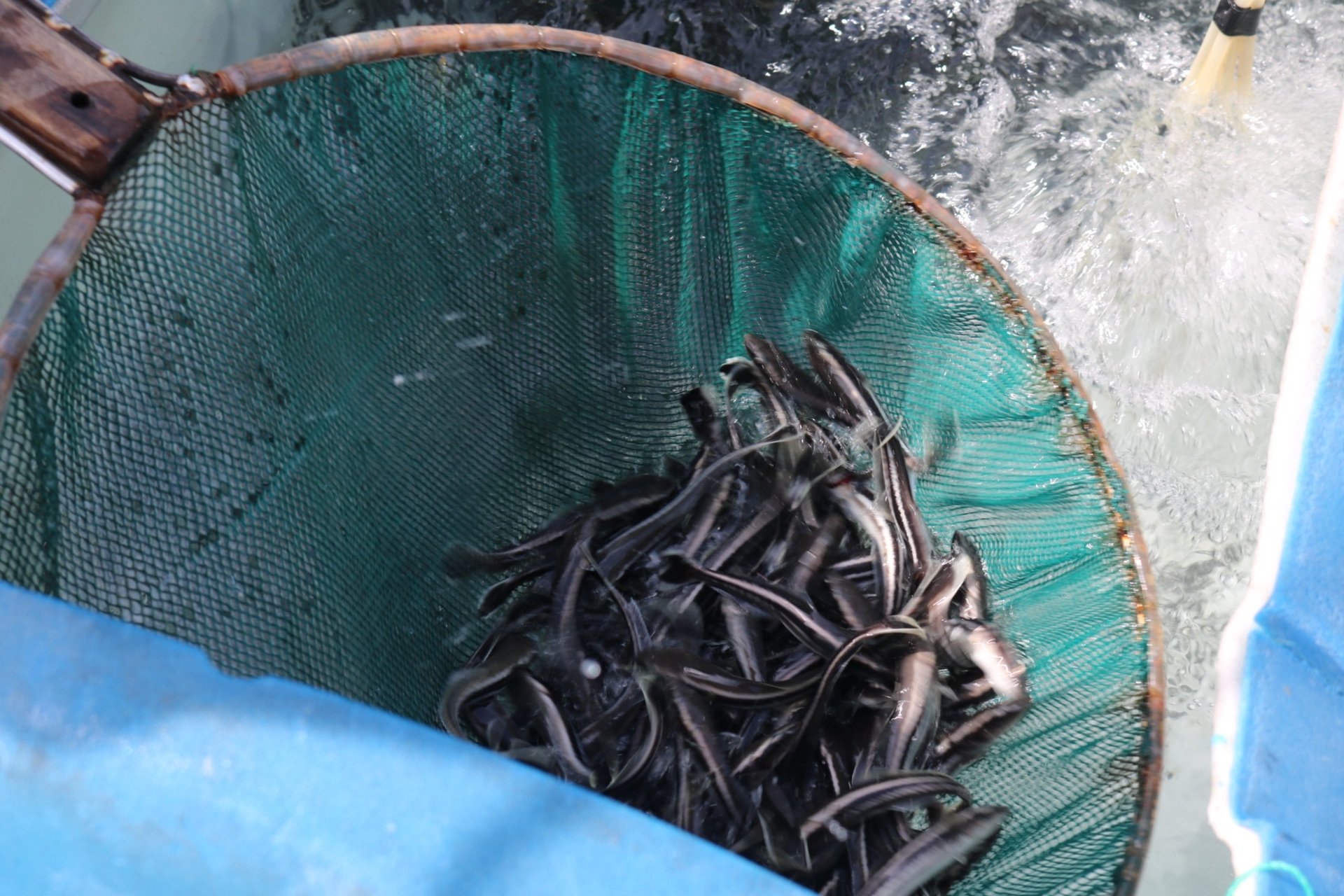
Cobia fingerlings for marine farming. Photo: KS.
Associate Professor Dr. Nguyen Huu Dung, Chairman of the Vietnam Seaculture Association, said that breeds and feed account for more than 80% of the cost and are two critical factors in developing seaculture. Therefore, we need to manage breeds and feed closely to develop sustainable marine farming. To do this, we need to apply digital technology.
The representative of Nha Trang University also said that the number of farms raising our broodstock is currently few. Mainly, the farms buy eggs to incubate and raise the breed. Therefore, the breed output will ensure quality if the parent herd is well managed.
Meanwhile, Mr. Nguyen Van Dung, representative of the Plant Seed, Livestock and Aquaculture Service Center of Kien Giang province, said that currently, choosing parents to get eggs and incubate them into fry has been done well. However, selecting parents with better genetic characteristics has not been done yet. Therefore, he proposed that the Ministry of Agriculture and Rural Development should place orders for Institutes and schools or have policies to attract businesses to invest in producing quality breeds.

Mr. Tran Dinh Luan, Director of the Department of Fisheries, said the demand for breeds and food for marine farming is enormous. Photo: KS.
Mr. Tran Dinh Luan, Director of the Department of Fisheries, suggested that localities in the coming time need to review the conditions of aquatic breed production facilities and feed and cage facilities for raising brood fish. Localities must clearly understand where each production facility, nursery, and broodstock is raised for strict management.
The Department of Fisheries will also review the issue of raising parent herds and raising breeds. Soon, the Department of Fisheries will also discuss with seed production and nurseries to discuss and establish a supply chain to provide stable, quality seed to serve mariculture. Also, State management agencies will strengthen the supervision of breeds and aquatic feed quality.
Aquaculture Research Institute III has successfully researched technology for producing many varieties of mariculture.
Technologies have been and are being applied to production practices. Every year, tens of millions of breeds are provided to serve as parents for seed production and commercial farming. The technological process for producing artificial varieties of spiny lobster (Panulirus ornatus) is being implemented. The results of the project rearing spiny lobster larvae from stage I to stage X show great promise in successfully producing spiny lobster varieties under artificial conditions.
Translated by Ha Phuc
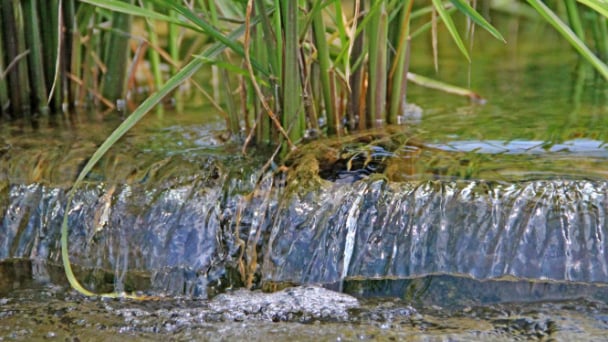
(VAN) Flooding in NE Arkansas may shift the rice outlook downward.
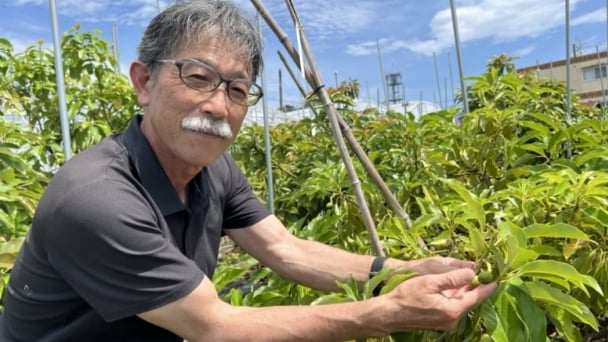
(VAN) Tsutomu Uchida, 64, wipes the sweat from his face as he walks through a farming plot filled with avocado trees in a port district of Shizuoka.
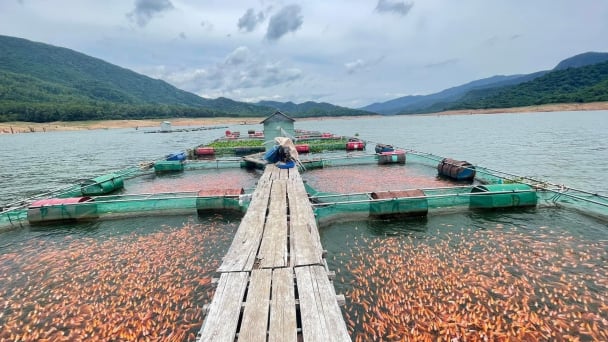
(VAN) At the request of partners, the agriculture and environment sector of Binh Dinh is determined to develop a red tilapia farming linkage chain in Dinh Binh reservoir that meets export standards.

(VAN) Last week, the U.S. Department of Agriculture (USDA) released its June World Agricultural Supply and Demand Estimates (WASDE), raising projections for both Indian rice production and U.S. rice imports for the 2025/2026 marketing year.
/2025/06/17/2344-1-131758_261.jpg)
(VAN) Amid tariff risks and growing trade barriers in the U.S. market, Australia is emerging as a promising destination to sustain the growth momentum of Vietnam's shrimp exports.
/2025/06/17/2013-1-nongnghiep-112009.jpg)
(VAN) This notable growth trend reflects the global taste for fresh, nutritious fruits and the expanding use of lychees across various sectors.
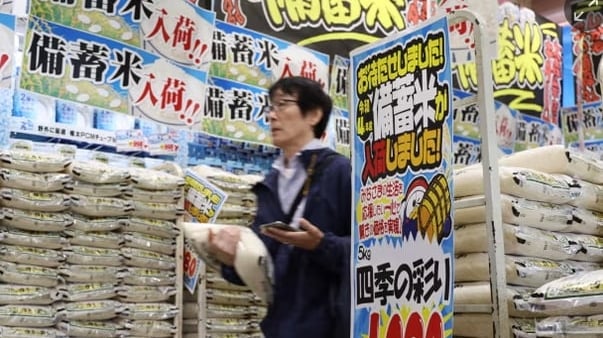
(VAN) The political and cultural insulation of Japan’s beloved grain is falling apart, and experts warn the country’s relationship with the staple will have to adapt.